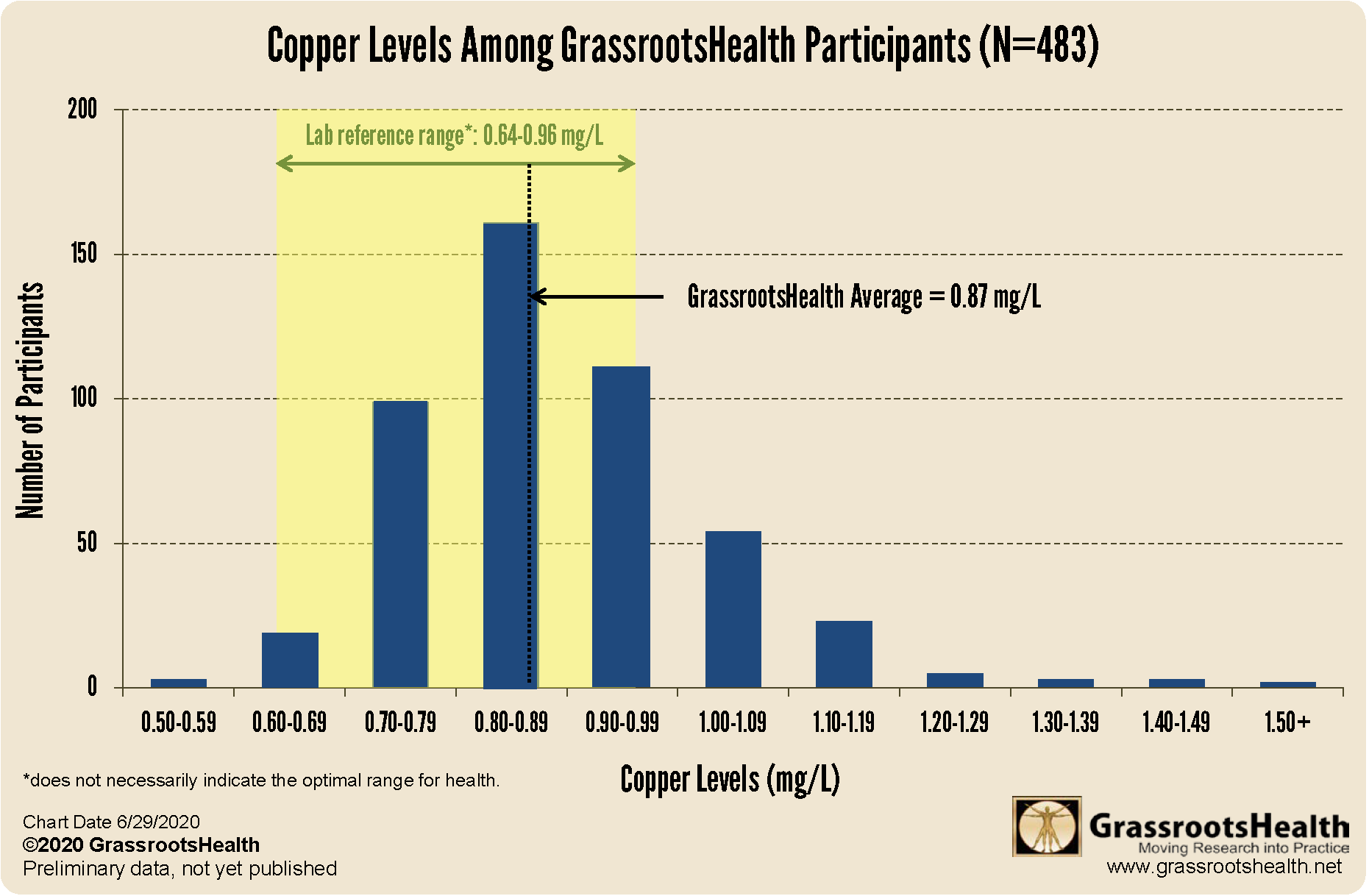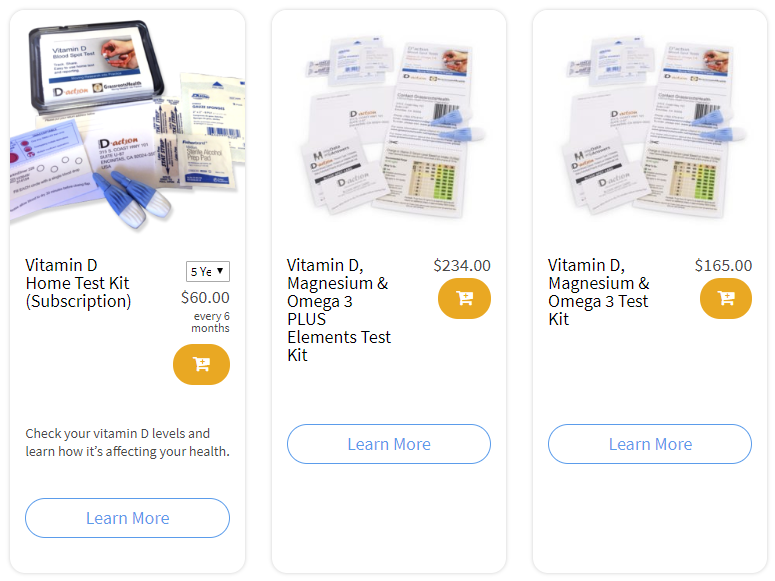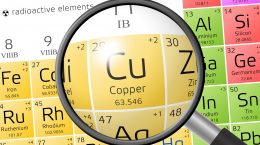Published on July 2, 2020
Copper is an essential enzyme co-factor that helps keep bones, skin, nerves, and the immune system healthy and working properly. Copper is essential for the formation of collagen, a main component of connective tissue, and is also necessary for iron absorption, conversion to its usable form, and transport around the body.
 Copper is a mineral present naturally in a wide variety of foods, including shellfish, liver, beans, nuts, whole grains, potatoes, dark leafy greens, dried fruits, black pepper, yeast, and cocoa. More information about copper can be found in this previous blog.
Copper is a mineral present naturally in a wide variety of foods, including shellfish, liver, beans, nuts, whole grains, potatoes, dark leafy greens, dried fruits, black pepper, yeast, and cocoa. More information about copper can be found in this previous blog.
In the spring of 2019, GrassrootsHealth started offering a copper test as part of the Elements Panel, which includes testing your vitamin D level along with essential elements magnesium, selenium, zinc, copper, and zinc:copper ratio, and toxic heavy metals cadmium, lead, and mercury. This test measures the amount of copper within the red blood cells as well as within the serum, and for this reason, can be more accurate than a typical copper test of the serum alone.
Copper Levels Among GrassrootsHealth Participants
Among the 483 participants who tested their copper levels, the average level was 0.87 mg/L which falls within the lab reference range (0.64-0.96 mg/L); this reference range indicates the range of typical results found in the population the lab serves but does not necessarily indicate the optimal range for health.
While copper performs many important functions in the body, excess copper can cause nausea, vomiting, abdominal cramps, headaches, and diarrhea so it’s important to identify the optimal range. Your ongoing participation in this project will contribute greatly to knowing what levels are optimal for health. We will continue to track this data and report any results back to you.
Ensure you are getting enough copper and other essential elements!
Do you know your selenium, magnesium, zinc, copper, and copper:zinc ratio levels? Make sure you know the status of these important elements and others with the Magnesium Plus Elements blood spot panel, and see if changes in your diet and supplementation could improve your element status and health outcomes. To know if you are getting enough, make sure you test today!
Are You Getting Enough Vitamin D to Help Yourself?
We’re in a time of great crisis that could be greatly affected by making sure you and everyone you know has a serum level of at least 40 ng/ml. Help us help you.
Do you know what your vitamin D level is? Be sure to test today to find out, and take steps to keep it within a target of 40-60 ng/ml or 100-150 nmol/L! Give your immune system the nutrients it needs to support a healthy you and protect yourself from unnecessary diseases.
GrassrootsHealth Nutrient Research Institute is preparing to do a Community RCT with the use of our myData-myAnswers nutrient health system that over 15,000 people are already using for their health. We will demonstrate how one can use the Nutrient Research Model established by Dr. Robert Heaney to establish the effect of vitamin D serum levels of at least 40 ng/ml (100 nmol/L) on risk reduction with different ethnicities in the population. Please let us know if you’re interested in helping sponsor this project.
CLICK HERE for updates and new information about the project.
Through GrassrootsHealth Nutrient Research Institute, you can also test your essential elements magnesium, copper, zinc and selenium, toxins such as lead, mercury and cadmium, as well as your omega-3 levels, inflammation levels and thyroid stimulating hormone (TSH) level. Find out your levels today! Log on to the test selection page (click the link below) to get your tests and see for yourself if your levels can be improved.
Make sure you track your results before and after, about every 6 months!
Click Here to Access the Test Page
How can I track my nutrient intake and levels over time?
To help you track your supplement use and nutrient levels, GrassrootsHealth has created the Personal Health Nutrient Decision System called
For each specific supplement, you can track what days you take it, how much, and many other details. This will help you know your true supplemental intake and what patterns of use work for you to reach and maintain optimum nutrient levels. Check it out today!









